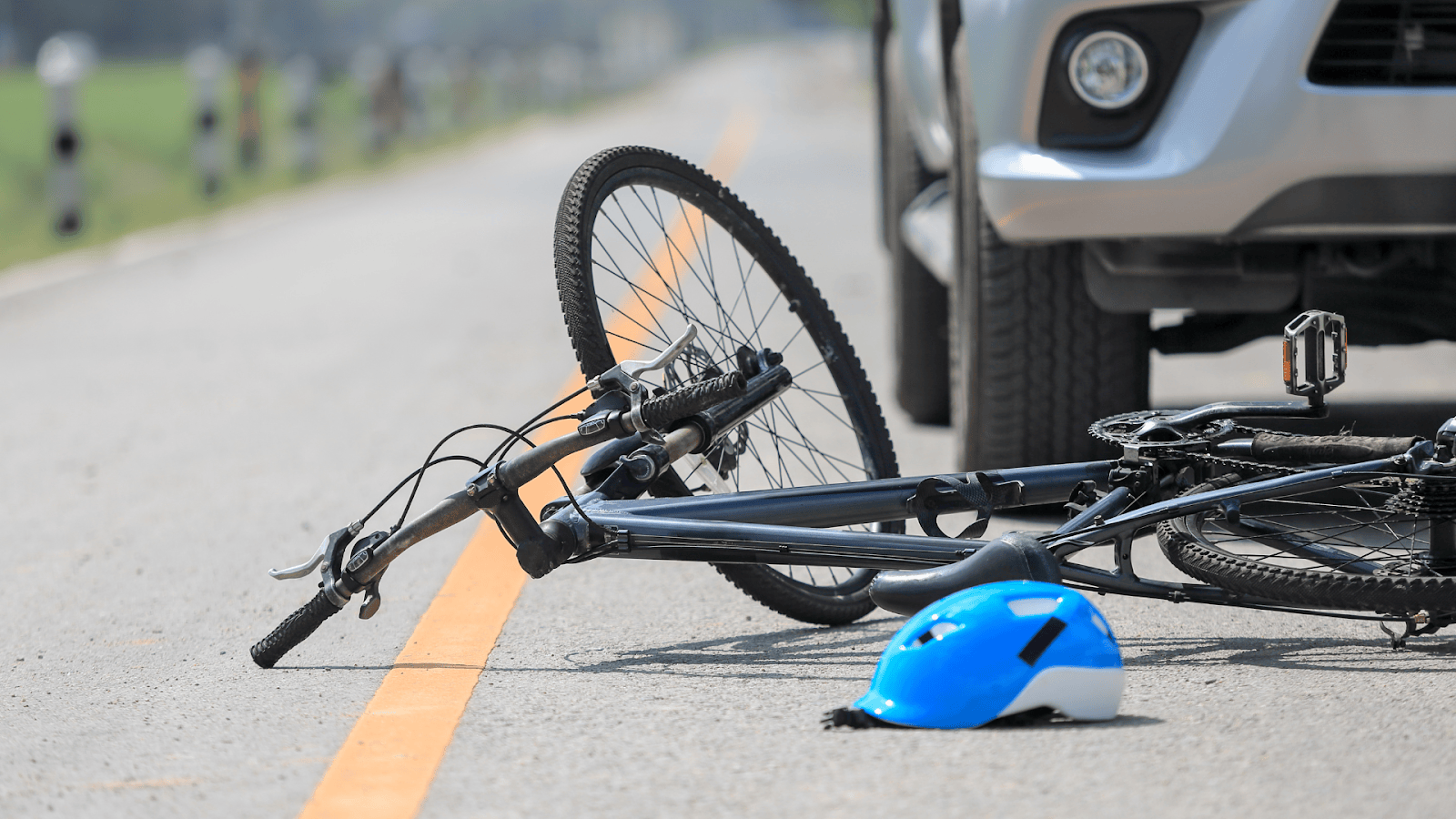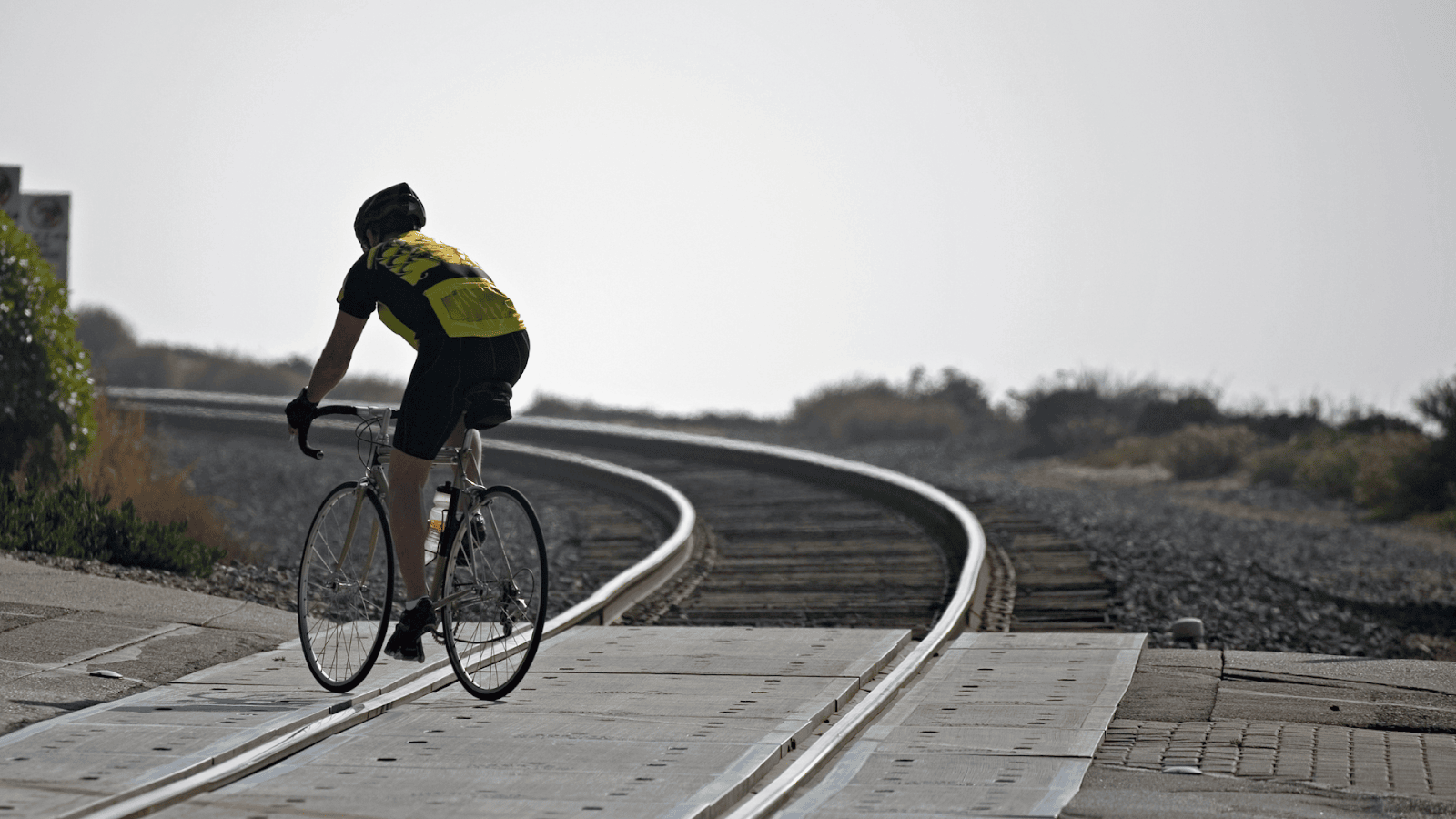
As we continue our journey through 2023, stepping back and examining the state of bicycle safety is essential. This topic grows more relevant as more people turn to bicycles for commuting, exercise, or leisure activities. For our clients at Jeffrey Glassman Injury Lawyers, we explore recent trends, contributing factors to accidents, and potential strategies for improving safety on the roads.
Our goal is to shed light on the latest information shaping the landscape of bicycle safety. These trends are complex and multifaceted, driven by a myriad of factors, such as the evolution of urban design, the increasing density of bike lanes, and the advent of new safety technologies. They also reflect changes in public policy and societal attitudes towards cycling and outdoor activities.
We’ll further dissect the contributing factors to bicycle accidents. This examination is crucial, not just for identifying the causes but also for understanding the nuances of these incidents. The factors contributing to bicycle accidents are often intertwined, ranging from infrastructural issues like poorly designed roadways and bike lanes to behavioral aspects such as lack of cyclist awareness and unsafe driving practices.
The Current State of Bicycle Safety
Looking at the data from the National Highway Traffic Safety Administration (NHTSA), there’s a clear trend: bicycle accidents, injuries, and fatalities have been increasing over recent years. This increase points to the urgent need to enhance bicycle safety measures across the board.
The design of our roads and infrastructure plays a critical role in bicycle safety. Dedicated bike lanes, well-maintained road surfaces, appropriate signage, and clear road markings significantly reduce the risk to cyclists. Conversely, cyclists are at a considerably higher risk in areas that lack these facilities.
Apart from infrastructure, personal safety gear is paramount in protecting cyclists. The use of helmets significantly reduces the risk of severe head injuries. Similarly, high-visibility clothing can help make cyclists more noticeable on the road, particularly in low-light conditions.
The Rising Trend of Bicycling and Its Consequences
The League of American Bicyclists published the most recent statistics available for bicyclists’ deaths. In 2021 bicyclist fatalities represented approximately 2% of all motor vehicle crash deaths. Despite an overall decrease of 4% in bicyclist deaths since 1975, these fatalities have risen by a staggering 55% since their lowest point in 2010, totaling 961 deaths in 2021.
The figures are particularly problematic for adult cyclists: deaths among bicyclists aged 20 and older have quadrupled since 1975. Additionally, it’s worth noting that 61% of bicyclists who died in 2021 were not wearing helmets. This data supports the importance of safety measures, particularly helmet usage.

The Role of Infrastructure and Legislation
Despite the somber statistics, there are reasons for optimism. Societal and governmental attitudes towards cycling are evolving, with increased attention on data from the past two years that highlights a surge in investment in cycling infrastructure. Legislation changes and the implementation of Low Traffic Neighborhoods have contributed to a rise in cycling’s popularity.
As the number of cyclists increases, particularly in big cities, preliminary data shows hopeful signs that accident rates involving bicycles might decrease. The logic behind this trend is the concept of “safety in numbers.” As roads become more occupied with cyclists, other road users have to adapt their behavior, slowing their speed and becoming more aware of cyclists. This heightened consciousness among all road users can lead to safer conditions for cyclists.
A Closer Look at the Statistics
By analyzing the statistics, there are some encouraging trends. For example, in 2020, the UK witnessed a 34% reduction in pedal cyclist casualty rates per billion miles traveled compared to the previous year. In the US, there was a 3% reduction in pedal cyclist fatalities involving motor vehicles in 2019 compared to 2018. Australia also saw a significant number of pedal cyclists needing hospitalization, with 64 per 100,000 of the population in the 12 months from 1 July 2020.

The Path Forward
Most statistics highlight the urgent need for enhanced safety measures, both in terms of personal protective equipment like helmets and in terms of technological advancements like crash avoidance systems in vehicles. As cycling continues to gain popularity, the push for improved safety measures and awareness should intensify. Increased understanding and better data collection will help inform strategies for reducing accidents involving cyclists.
Moreover, the data underlines the critical role of infrastructure in cycling safety. Investments in cycling infrastructure, such as dedicated bicycle lanes, can help protect cyclists by providing them with a separate space on the road. Changes in traffic laws can also enhance cyclists’ safety by ensuring that all road users respect their rights.
The role of technology should not be underestimated either. For instance, some vehicles are now equipped with crash avoidance technologies that can detect cyclists and automatically brake before a potential collision.
In the US, it was found that the likelihood of an injury to cyclists caused by an accident decreased as the total amount of cycling in 68 Californian cities increased. There was a 3% reduction in pedal cyclist fatalities involving motor vehicles in the USA in 2019 compared to 2018. Cyclists accounted for 2% of the total number of injured in traffic crashes, on average, between 2010 and 2019. There was also a 37% reduction in non-fatal injuries involving cyclists in traffic crashes and non-traffic incidents reported in 2019 compared to 2010.
Contact Jeffrey Glassman Injury Lawyers
Bicycle safety is a complex issue with no easy solutions. However, by understanding the trends and solutions that are currently being implemented, we can make progress toward making our streets safer for cyclists.
We urge you to take action to make your community safer for cyclists. Here are a few things you can do:
- Support local bike organizations. These organizations are working to make our streets safer for cyclists, and your support can make a difference.
- Advocate for better bike infrastructure. This includes things like protected bike lanes, wider sidewalks, and more traffic-calming measures.
- Be a safe cyclist yourself. Obey the rules of the road, wear a helmet, and be aware of your surroundings.
If you have been involved in a bicycling accident and need legal assistance, don’t hesitate to contact Jeffrey Glassman Injury Lawyers. Call us at (617)-777-7777 for a free consultation or submit our online form to begin the process. Take action now and let us fight for your rights. Together, we can pave the way for a brighter and safer cycling future.
 Bike Accident Lawyers Blog
Bike Accident Lawyers Blog

